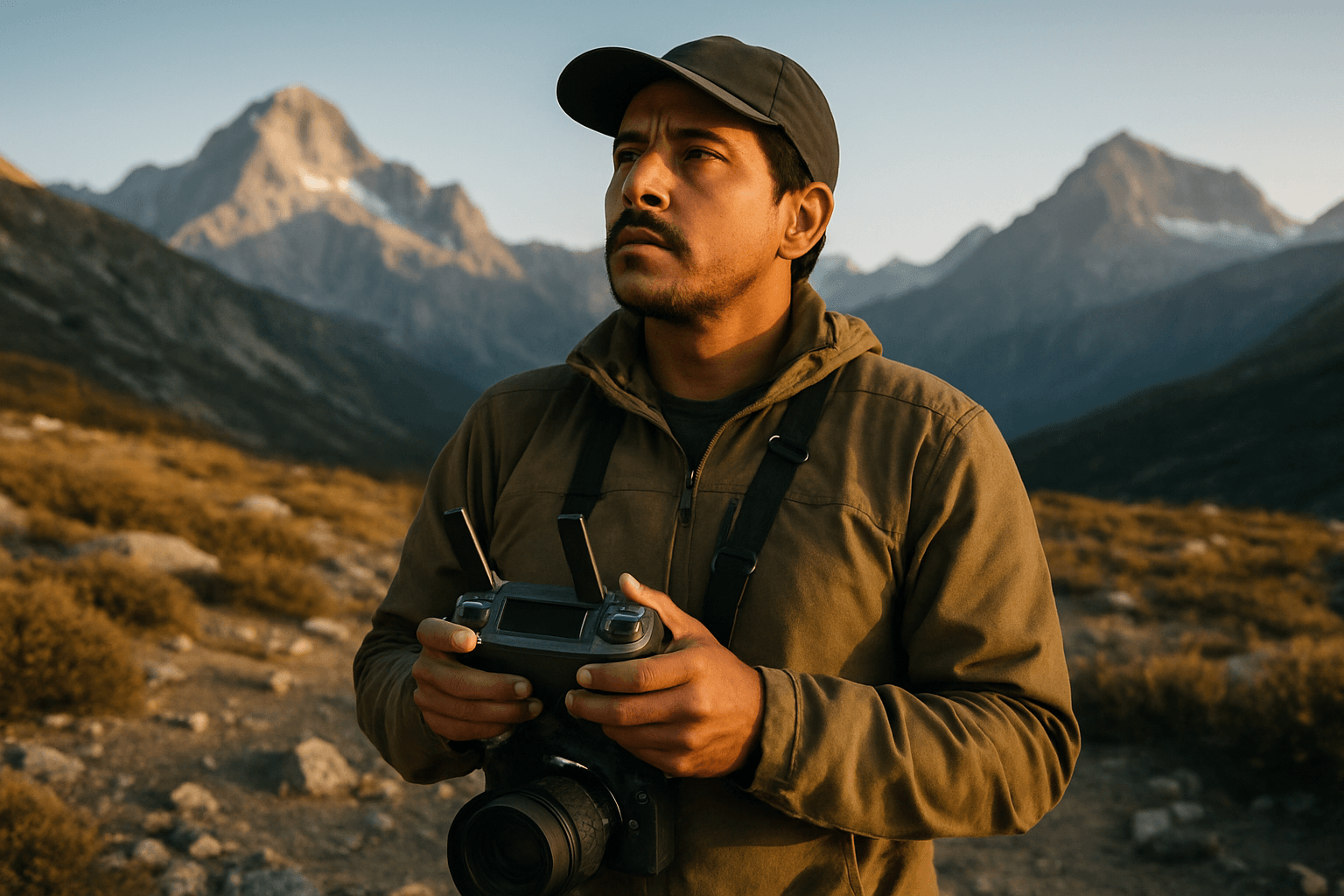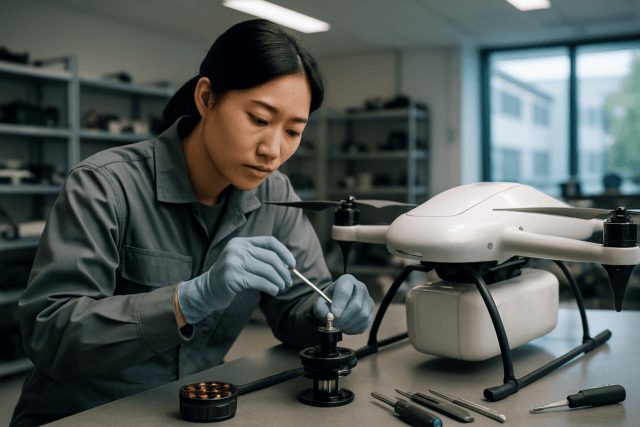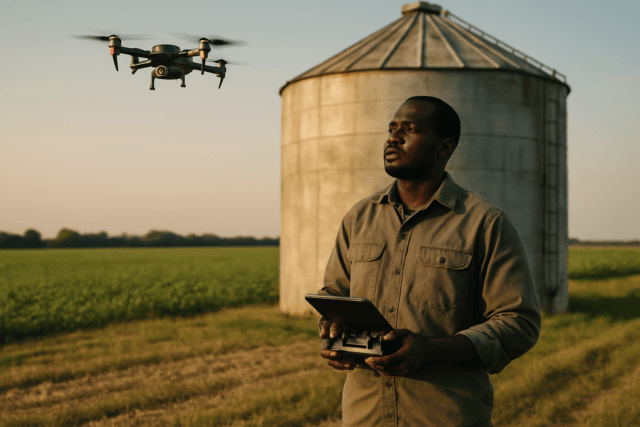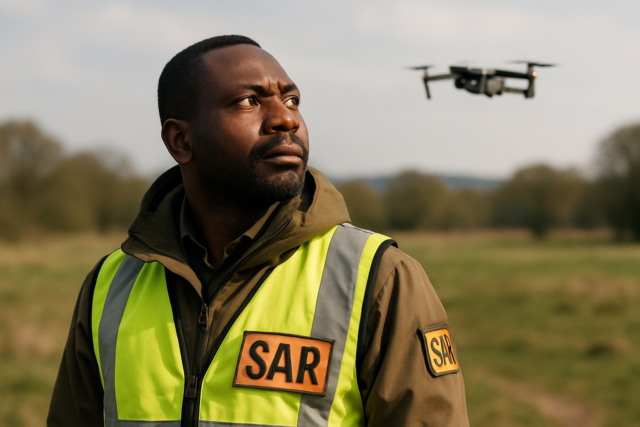Drones have revolutionized the art of landscape photography, transforming how we perceive and capture the natural world. No longer confined to ground-level perspectives or the high costs of manned aircraft, photographers can now unlock breathtaking aerial vantage points, revealing intricate details, expansive vistas, and unique compositional opportunities previously unimaginable. This shift in perspective offers unparalleled creative freedom, allowing artists to compose scenes with fresh eyes and a dynamic reach.
The Unique Advantages of Aerial Perspectives in Landscape Photography
Drones provide a distinct edge over traditional photography by offering unprecedented flexibility and maneuverability. They can ascend to great heights, hover in place, or fly low to the ground, opening up a world of creative compositions. This ability to control altitude, angle, and distance on the fly allows for compositions that add depth, interest, and a compelling storytelling element to images. From a bird’s-eye view, landscapes can transform into canvases of geometric patterns, symmetries, and textures that are often invisible from the ground.
Mastering Drone Landscape Composition Techniques
Effective composition is paramount in drone photography, just as it is in traditional photography, though the aerial perspective introduces new dimensions to classic rules.
The Rule of Thirds from Above
A fundamental principle, the Rule of Thirds, remains a cornerstone of drone composition. By imagining a 3×3 grid over your frame, you can strategically place key elements along these lines or at their intersections to create balanced and visually appealing images. For instance, positioning the horizon along the top or bottom third, rather than the middle, can add visual interest and avoid a static feel. Placing a striking feature like a lone tree, a rock formation, or a building at one of the intersections can create a strong focal point.
Guiding the Eye with Leading Lines
Leading lines are an incredibly powerful tool in aerial landscape photography, often becoming more pronounced and impressive when viewed from above. Roads, rivers, shorelines, power lines, rows of trees, or even field divisions can naturally guide the viewer’s eye through the frame, creating a sense of depth and movement.
- Straight Lines: Roads, fences, or bridges can create a sense of stability and tranquility, leading the eye directly to a subject or through the scene.
- Curved Lines: Winding paths, meandering rivers, or graceful tree branches introduce fluidity and dynamism, making the image more engaging.
- Diagonal Lines: These lines add a sense of movement, depth, tension, and energy to images, guiding the viewer’s eye through the frame and creating a three-dimensional quality.
- Converging Lines: Lines that meet at a vanishing point can significantly enhance depth and perspective, drawing the viewer deeper into the scene.
Embracing Symmetry and Patterns
The elevated perspective of a drone uniquely reveals symmetrical compositions and mesmerizing patterns that are often hidden or less apparent from the ground. Look for natural symmetries in reflections on water bodies or man-made patterns in agricultural fields, urban grids, or architectural designs. Aligning your drone directly above the center point of a symmetrical subject can create a balanced and harmonious composition.
Utilizing Negative Space for Impact
Negative space, the empty areas surrounding your main subject, is just as crucial as the subject itself in creating powerful compositions. In drone landscape photography, vast skies, calm bodies of water, or expansive, unadorned terrain can serve as compelling negative space, allowing the primary subject to stand out and “breathe”. This technique can evoke feelings of calm, simplicity, or grandeur, and emphasize the isolation or importance of your focal point.
Playing with Scale and Perspective
Drones allow photographers to manipulate scale and perspective dramatically. While flying high offers grand overviews that reveal broad patterns and compress distance, it’s not always the best choice. Sometimes, flying low, just a few meters above the ground, can create more dynamic and interesting compositions, showcasing longer leading lines and richer foreground elements. Experimenting with different altitudes and oblique angles can provide unique vantage points that highlight the relationship between elements and emphasize their scale within the vastness of the landscape. Incorporating a human element or prominent structures like buildings can also help convey scale and context.
Framing Your Aerial Shots
Framing, another classic compositional technique, takes on new life with drones. Use natural or artificial elements in the foreground or mid-ground—such as tree branches, rock formations, or archways—to frame your main subject. This not only draws the viewer’s eye to the focal point but also adds depth and context to the aerial scene.
Practical Considerations for Drone Landscape Photographers
Beyond compositional rules, successful drone landscape photography requires careful planning and adherence to best practices.
Understanding Regulations and Safety
Before any flight, it is critical to familiarize yourself with local drone regulations. The Federal Aviation Administration (FAA) in the U.S., for example, mandates registration for drones over 0.55 lbs, flying below 400 feet in uncontrolled airspace, and maintaining visual line-of-sight. Many areas, like national parks, often have strict prohibitions or require special permits for drone flights. Prioritizing safety, checking for obstacles, and respecting privacy are non-negotiable.
Pre-flight Planning and Equipment
Meticulous pre-flight planning is essential. This includes scouting locations (even virtually with tools like Google Earth), checking weather conditions (avoiding strong winds, rain, or storms), and ensuring your equipment is ready. A drone with advanced stabilization features, such as a gimbal, is crucial for sharp, jitter-free images. Always carry extra batteries, sufficient memory cards, and a pre-flight checklist.
Leveraging Lighting and Weather
Just like traditional photography, lighting is key in drone landscape photography. The “golden hours” (shortly after sunrise and before sunset) offer warm, soft illumination and long shadows that add depth and mood. Overcast days can provide soft, diffused light, while clear skies at other times can bring out vibrant colors and strong shadows that enhance patterns and textures.
Elevating Your Drone Photography
To make your drone landscape photos truly stand out, go beyond the initial “wow” factor of an aerial view. Be deliberate in your composition, experiment with angles, heights, and perspectives, and consider the story you want to tell. Look for abstract elements, textures, and color contrasts. Post-processing is also vital to refine exposure, contrast, color, and sharpness, bringing your artistic vision to life.
Conclusion
Drones offer an unparalleled tool for landscape photographers, providing unique aerial perspectives and expanding creative possibilities. By understanding and applying classical compositional techniques through an elevated lens—such as the Rule of Thirds, leading lines, symmetry, negative space, and playing with scale—photographers can capture truly captivating and dynamic images. Combined with diligent pre-flight planning, adherence to regulations, and an artistic eye for light and detail, drones empower us to reveal the world’s beauty from soaring new heights, creating visual narratives that deeply resonate with viewers.





